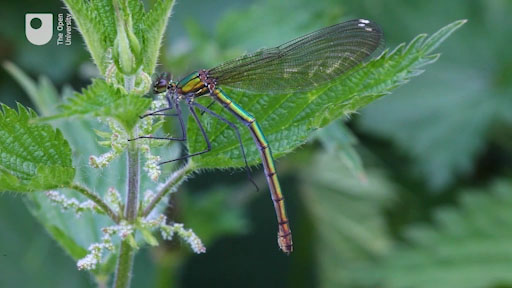Week 3: Using biological keys for species identification
Introduction
It is important to know how many species there are, but it can be difficult to determine this number as species can be tricky to identify. Accurate identification is a necessary prerequisite for biodiversity observations. Without knowing what has been found, an observation is of little value.

Transcript
Learning how to provide an accurate identification can also open up new avenues of interest to the observer, allowing them, for example, to describe the ecological communities surrounding them and track any changes that may be occurring. At a wider level, each individual record can be of value to communities of observers and they can be combined with other records in the monitoring of biodiversity from local to global scales.
Although accurate identification is essential, with many organisms it is difficult to achieve this as they may look similar or have very different life stages. Organisms need to be carefully identified using methods such as biological keys. Assistance in this task can be found from a range of published material, from field guides to the specialist literature and online resources. Formal identification often depends on the use of dichotomous keys – that is, a series of questions, the answers to which lead to yet more questions until only a single alternative remains. These can be difficult to use, however, and are prone to inaccurate identification, since a single error will lead to the wrong conclusion. They also do not easily support strategies such as confirming or refuting a hunch or deciding between likely alternatives. There are however other types of key where multiple pieces of information can be considered and a likely identification produced without having to make these dichotomous choices.
By the end of this week, you should be able to:
- understand why species identification is important
- use dichotomous, multi-access and Bayesian keys
- recognise the difficulties in distinguishing between species.
